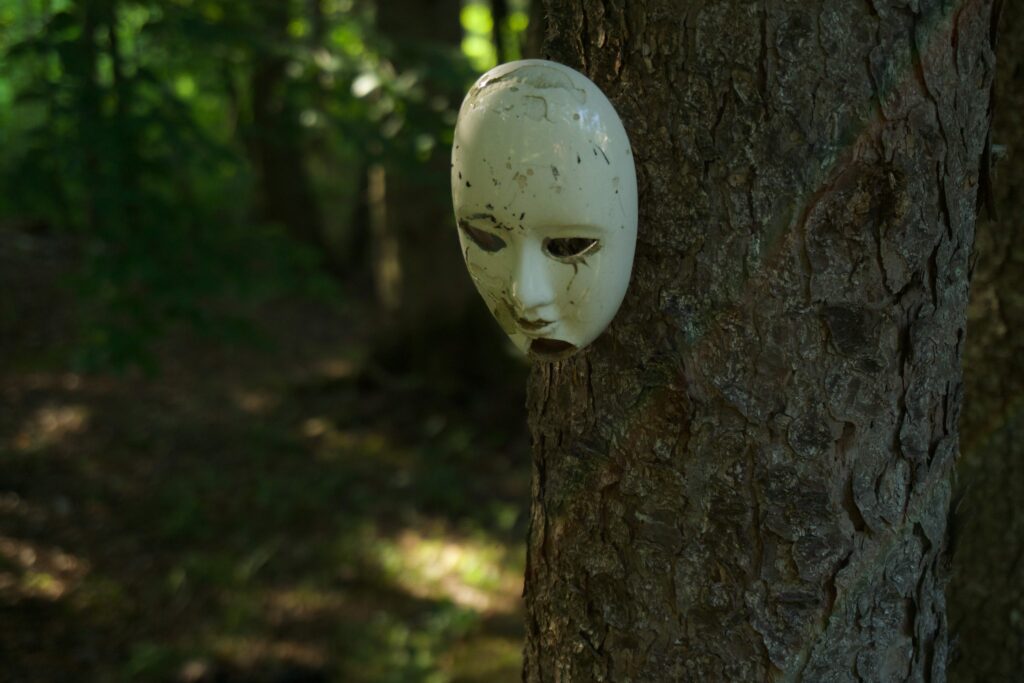You could start with Wait, What is a Scene? Part I
First, I should recommend that you pick up Sandra Scofield’s The Scene Book, which addresses all this in detail. It also provides exercises for building and better understanding scenes. You might also take a look at Patricia Wrede’s thoughts on scenes.
Scofield’s primary point is that each scene has a pulse, which writers can think about in all kinds of ways, but, basically, the scene has emotional dynamics that relate to the overall story. The characters have wants or needs. The wants and needs cause characters to take actions, and within a scene these actions add up to an event. During the event, something happens that’s important to the overall story–the event causes change, even if the change is more subtle in a quieter story.
Characters have stakes in the event that plays out over the course of the scene, not only the primary characters but other characters involved. What occurs matters to the characters, which is why they are driven to act and react to each other. Often the conflict within the scene relates to characters that have opposing needs or needs that in some way rub against each other.
The change created by scenes often causes future scenes. A character fails to convince another character of something, and so reacts badly or decides to try again. Characters succeed in the way they envisioned, but then the result isn’t what they envisioned, so they try to change the result. These obviously aren’t the only two options.
Scofield would also point out that scenes have structure. They often build to a hot point, a moment of intensity, a climax. That hot point is the moment when emotion, situation, and often both shift, and so change characters’ circumstances. The characters can’t return to their perspectives, emotions, and/or situations from before the event. Again, this shift may be subtle in quieter stories.
Scenes build story, as well as theme. Story and theme aren’t inserted into scenes; they are constructed of scenes.
If you find yourself working hard to explain why the scene matters, maybe it’s time to re-envision the scene itself?

Dear Ms. McCaffrey, This post was helpful for my current story. I needed to be sure my characters pursued all their story concerns. It also made me consider a minor character’s motivations where I had overlooked them. Thank you for the great input.
Thanks for this. I’m really glad you found it helpful.